
Antananarivo, March 3, 2023 - Today, the Coalition for Madagascar's Protected Areas draws attention to the successes in the conservation of wildlife and flora and their significance for a sustainable economy in Madagascar.
Madagascar safeguards its unique flora and fauna primarily through its national system of protected areas. Currently, there are 123 protected areas across the country, located in places that represent the nation's biological diversity, natural heritage, and extraordinary wildlife sanctuaries.
For years, thousands of Malagasy experts from the government, NGOs, and local communities have worked to create and manage these special places. Unfortunately, as Madagascar's economic situation continues to deteriorate, these experts and local communities find it increasingly challenging to sustain their efforts. Their achievements are not well-known, and instead, negative news about wildfires and species extinction affects investments in solutions.
This situation has provided compelling reasons to build a coalition in support of protected areas because it is abundantly proven that protected areas - as agents of change - can lead the 21st-century shift towards sustainable economic growth.
"Before 2010, communities around the Beanka Protected Area (Melaky Region, Western Madagascar) traditionally consumed lemurs' meat. Thanks to increased awareness and the establishment of poultry farming, the populations of Eulemur rufus and Prothithecus deckeni multiplied by 5400 (± 1300) and 11400 (± 2500) respectively.
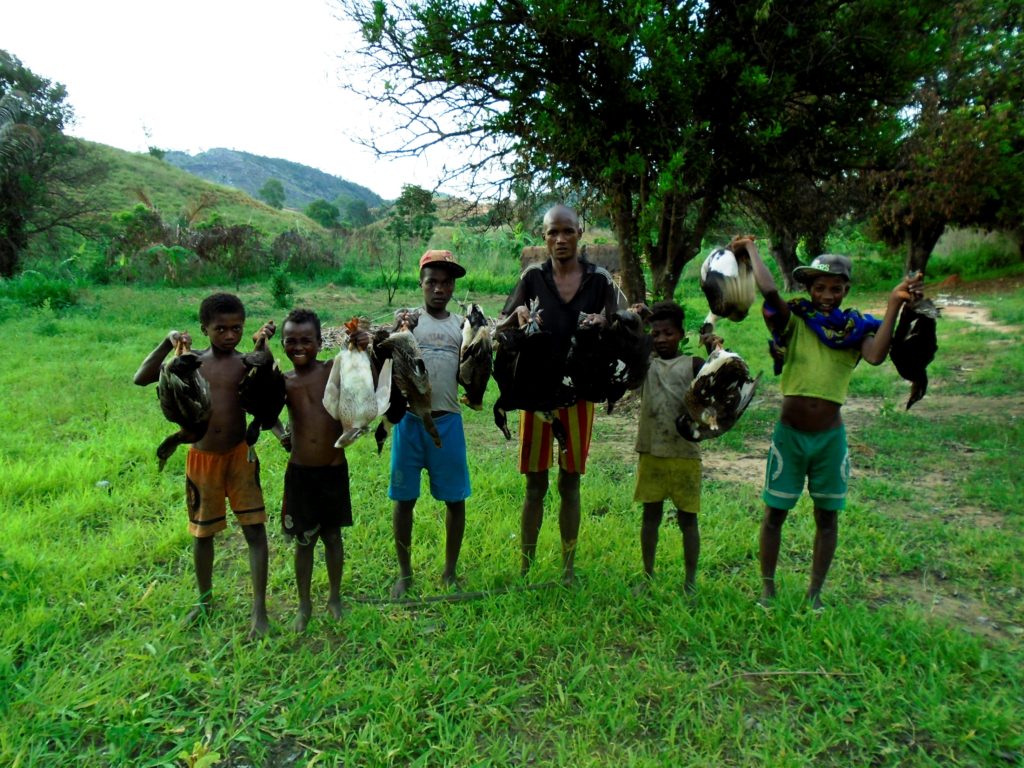
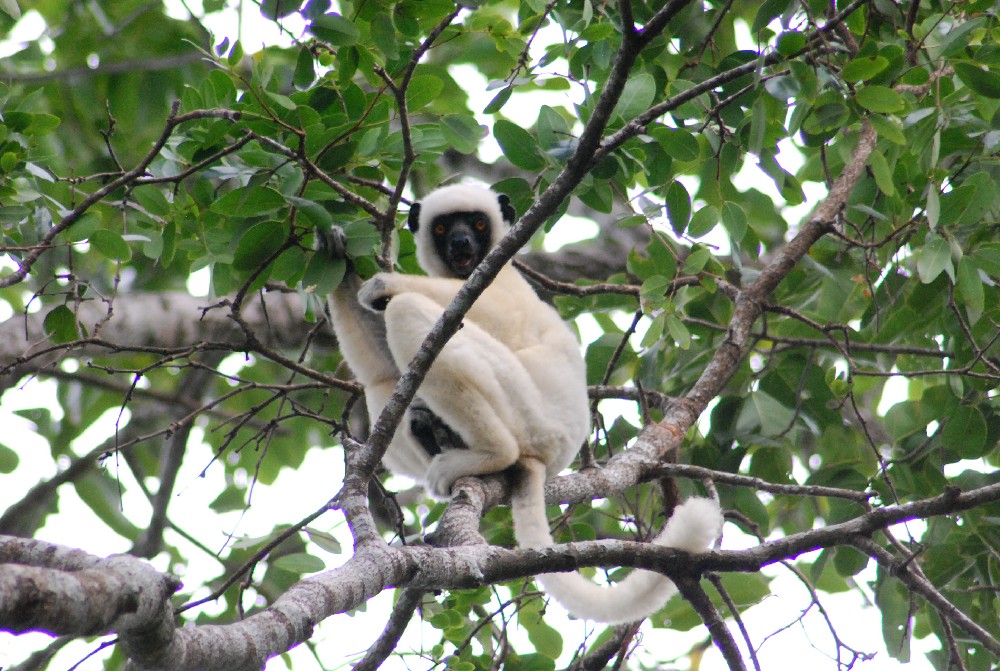
In 2006, Lake Mandrozo (Melaky Region) seemed to have little hope due to overfishing and degradation of the surrounding vegetation. Fortunately, the local population participated in the establishment of fishing regulations and in patrol and control activities. Today, the Ankoay bird and other endemic waterfowl species of Madagascar have returned, thanks to the community.
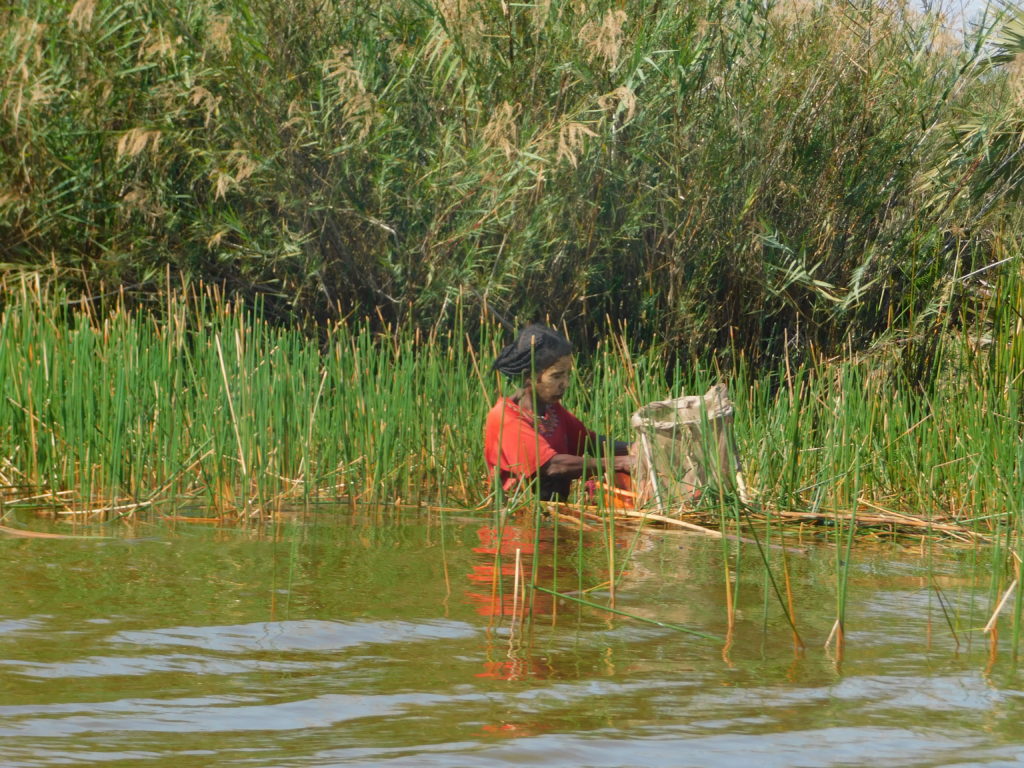

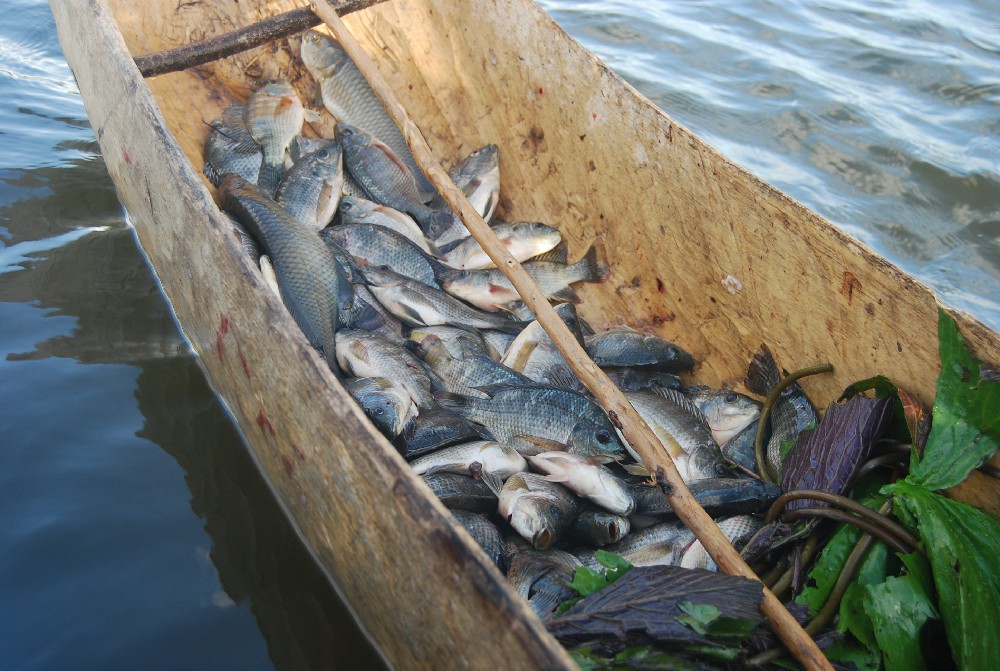
"Madagascar has nearly everything it needs to implement its number one strategy for wildlife protection. What is needed now is to gather the adequate financial resources and political will to amplify success throughout the system of 123 protected areas in the country. This is the common goal of the new Coalition for Madagascar's Protected Areas.
On the occasion of International Wildlife Day, several members of the Coalition will present success stories to motivate investments in Madagascar's protected areas as agents of change, not only for wildlife protection but also for poverty reduction in local communities and sustainable development of local and regional economies," emphasized Mr. Rinah Razafindrabe, Director General of Environmental Governance at the Ministry of Environment and Sustainable Development.
About the Coalition for Madagascar's Protected Areas
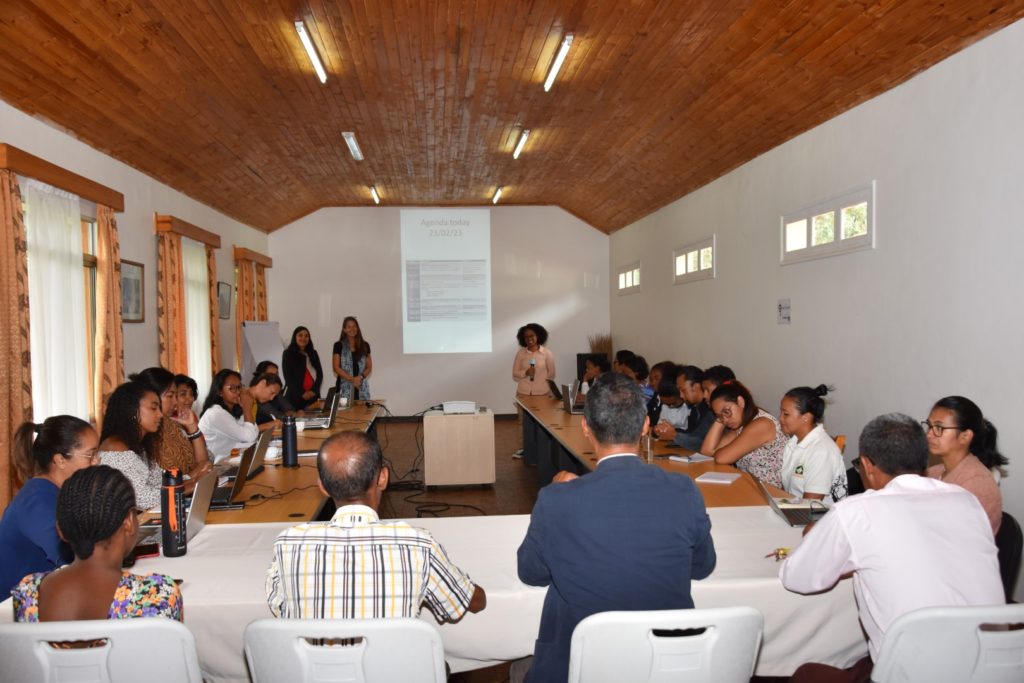
The Coalition is a trusted collaboration platform implementing solutions for Madagascar's needs through Protected Areas - the agents of change. Starting in 2023, various organizations will gradually align their communication efforts behind a new narrative to significantly boost donor support and engage other audiences. Senior leaders and communication experts from Coalition members collaborate to increase financial and political support for Madagascar's system of 123 protected areas.
About Madagascar's Biodiversity and Wildlife
Madagascar, the fourth-largest island globally, boasts an extremely diverse range of wild species and hosts numerous ecosystems and landscapes. Madagascar's biodiversity represents 5% of global biodiversity.
About Madagascar's Biodiversity Protection Strategy
Recognizing the importance of preserving biodiversity areas, the Malagasy government adopted a biodiversity protection strategy. The Malagasy government created a system of protected areas consisting of 123 protected areas covering 6,233,317 hectares of terrestrial ecosystems and 1,379,029 hectares of marine ecosystems (including intertidal zones). This system of protected areas is the country's greatest natural asset and has been described as an "inestimable national treasure" and an "incommensurable national and global value" as both a national and global asset.
Unfortunately, the effective management of the protected area system is under threat. In Madagascar, several regions face challenges in sustainable development, and protected areas are considered obstacles to growth.
Despite substantial funding for Madagascar's protected areas, self-financing of the current network of 123 protected areas remains a major challenge. The COVID-19 pandemic has exacerbated this situation with the loss of tourism revenue, increased pressures due to reduced economic production, and shifts in population migration from the southern part of the country. The contribution of these areas to safeguarding wildlife and flora habitats, mitigating the impacts of climate change, and supporting sustainable regional economic growth is at risk.